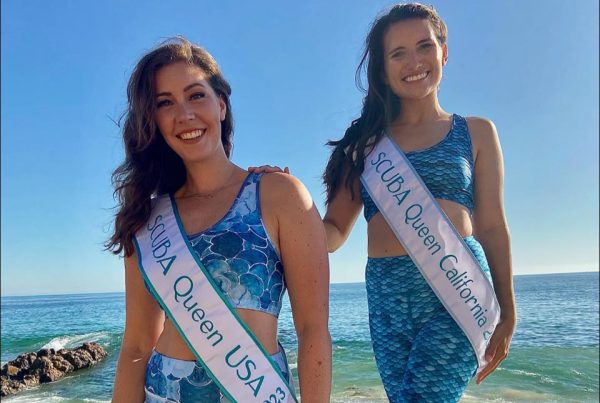California’s Marine Life Protection Act (MLPA) Initiative will continue its public process to complete recommendations for a statewide network of marine protected areas. The state’s current fiscal issues have not impacted the MLPA’s planning budget.
In response to the state’s temporary freeze of bond funds, the MLPA Initiative has secured private funding through its public-private partnership to complete a habitat-mapping project that will support the marine protected area (MPA) planning process in Southern California. The initiative is also seeking additional private support for scientific monitoring along the central coast and north central coast, as well as to supplement public funding as necessary to successfully achieve the goals of the MLPA.
“The task force is charged with developing recommendations for MPAs in the south coast, as well as identifying ways to improve state and federal coordination,” said Don Benninghoven, chair of the MLPA Initiative Blue Ribbon Task Force. “I am confident that we will continue to meet the objectives of the public-private partnership during these tough economic times.”
The California Natural Resources Agency and California Department of Fish and Game have partnered with the Resources Legacy Fund Foundation and others to achieve the MLPA goals. This public-private partnership combines both state and private funding to conduct the planning work leading up to implementation. The planning process is guided by the advice of scientists, resource managers, experts, stakeholders and by members of the public.
“We owe it to our stakeholders, scientists and members of the public who have dedicated their valuable time and energy to carry this public process forward,” said MLPA Initiative Executive Director Ken Wiseman. “Today Secretary for Natural Resources Mike Chrisman confirmed the Governor’s commitment to meeting the statutory goals of the MLPA, and working together we will ensure that this stakeholder-driven process is successfully completed.”
Secretary Chrisman appoints the members of the MLPA Blue Ribbon Task Force, which is charged with overseeing the MLPA Initiative. In a letter to members of the Partnership for Sustainable Oceans, he made it clear that public-private partnerships will continue to be key in implementing the MLPA and other natural resource management statutes.
“California already has numerous partners engaged in the long-term management of our natural resources, whether it is enforcement and outreach or research and on-site management, and those essential relationships will continue to be the foundation of our management strategy,” said Secretary Chrisman.
The MLPA, enacted in 1999, directs the state to design and manage a system of MPAs in order to, among other things, protect marine life and habitats, marine ecosystems, and marine natural heritage, as well as improve recreational, educational and study opportunities provided by marine ecosystems. MPAs are discrete geographic marine or estuarine areas designed to protect or conserve marine life and habitat.
A regional approach is being used in the MLPA Initiative, where California’s 1,100- mile coastline has been divided into five study regions. In September of 2007, regulations for the first of the five study regions were implemented for the central coast (Pigeon Point in San Mateo County to Point Conception in Santa Barbara County). In the second study region, four proposals for redesigning MPAs in the north central coast (Alder Creek in Mendocino County to Pigeon Point) are under consideration by the California Fish and Game Commission; regulations are expected to be adopted by the commission in 2009.
The MLPA Initiative is currently in the planning process in the MLPA South Coast Study Region (Point Conception to the California border with Mexico in San Diego County, including offshore islands); recommendations for this study region are expected to be presented to the California Fish and Game Commission in late 2009.
The MLPA requires the California Fish and Game Commission to adopt a master plan, based on the best readily available science, that will guide the adoption and implementation of a Marine Life Protection Program within the California Department of Fish and Game. In addition to the MLPA South Coast Study Region planning process, two other study region planning processes (north coast and San Francisco Bay) will take place between 2009 and 2011.
For more information about the MLPA Initiative, visit www.dfg.ca.gov/mlpa online.









